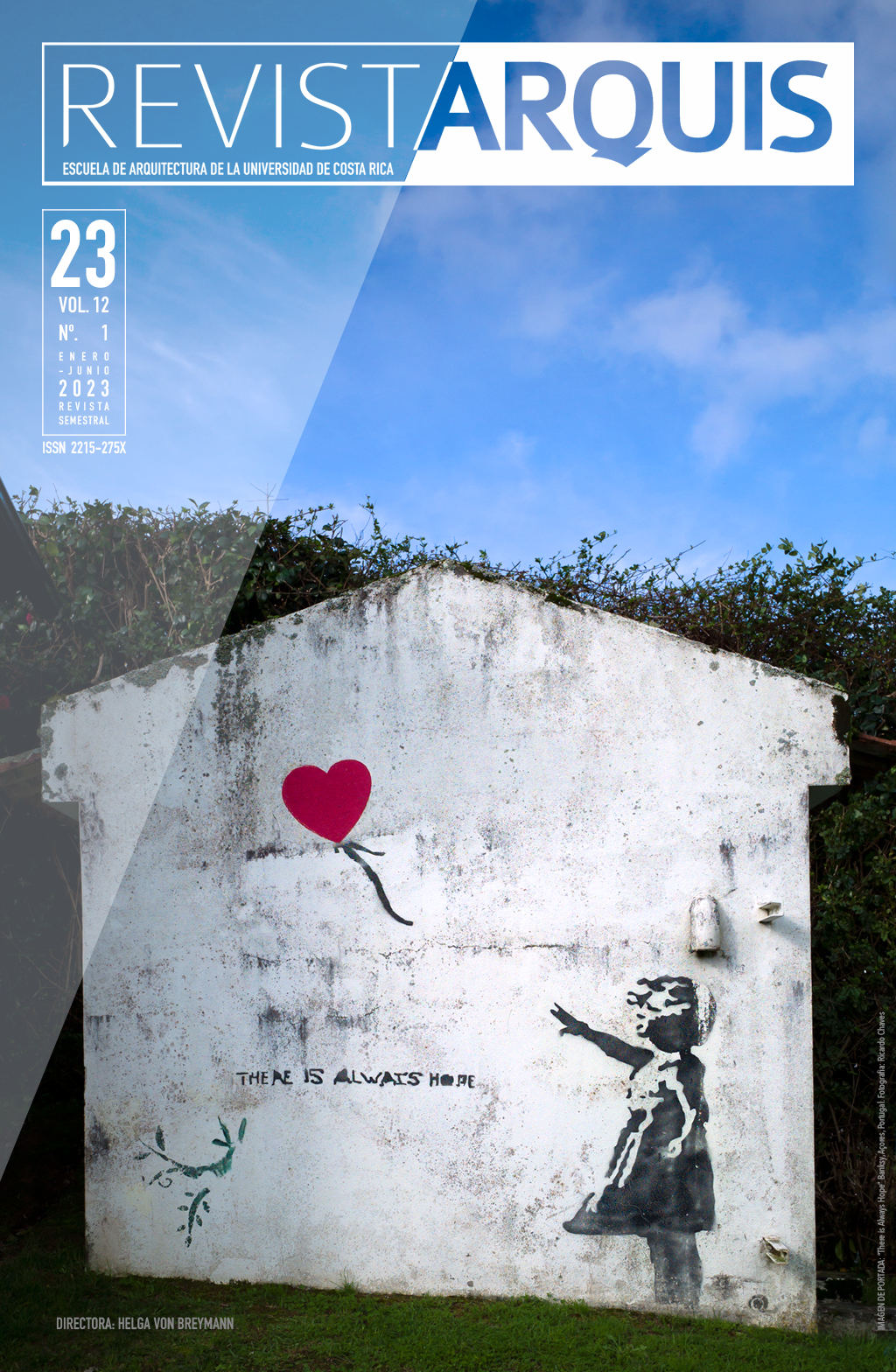Abstract
This research work is a prospective exercise that identifies the location logics of urban facilities within the Zona Metropolitana del Valle de México (ZMVM) as a replicable methodology for Mexican cities. To this end, it is based on prospective scenarios, according to the Estructura del Sistema Normativo de Equipamiento Urbano (ESNEU) of the Secretaria de Desarrollo Social (SEDESOL, 1999) and on destinations of commercial, housing, industrial and agricultural land uses, which are integrated according to variables of social and economic capital, public or private property and population density, reflecting areas of population benefited and served to determine a logic of metropolitan location. By doing so, it analyzes the possible scope of territorial reconversion as an instrument of mitigation of certain socio-territorial factors, which condition urban poverty. At the same time, it recognizes a deficiency in access to education and health services in the urban peripheries, originated in market control and land ownership, real estate speculation and a logic in favor of private capital over the social welfare of lower income groups. It is in this sense that this study presents a model of the location logics of urban facilities inviting to review the current urban planning criteria, which operates on the territorial phenomena of the expansion of Mexican cities, in order to solve these particular problems of social backwardness, which affect the conditions of urban poverty.
References
Alonso, W. (1964). Location and Land Use: Toward a General Theory of Land Rent. Harvard University Press.
Bauman, Z. (2010). La globalización, Consecuencias humanas. Fondo de Cultura Económica.
Christaller, W. (1933). Die zentralen Orte in Süddeutschland. En M, Campos, y S, Santarelli de Serer (Eds.), Corrientes epistemológicas, metodologías y prácticas en geografía, propuestas de estudio en el espacio local. Universidad Nacional del Sur.
Comisión Nacional de Vivienda [CONAVI], (2018). Perímetros de Contención Urbana. Secretaría de Desarrollo Agrario, Territorial y Urbano (SEDATU).
Consejo Nacional de Evaluación de la Política de Desarrollo Social [CONEVAL], (2019). Metodología para la medición multidimensional de la pobreza en México.
Delgadillo, V. (2016). Ciudades iletradas: orden urbano urbano y asentamientos populares irregulares en la ciudad de México. Territorios, (35), 81-99.
Escalante, R. y Catalán, H. (2008). Situación actual del sector agropecuario en México: perspectivas y retos. Revista Economía Informa (350), 7-25. http://economia.unam.mx/publicaciones/econinforma/pdfs/350/01escalante.pdf
Gándara, G. (2014). Métodos prospectivos, manual para el estudio y la construcción del futuro. Paidós.
García, R. (2006). Sistemas complejos. Gedisa.
Instituto Nacional de Estadística y Geografía [INEGI], (2010). Censo de Población y Vivienda 2010: Cartografía Geoestadística Urbana y Rural Amanzanada (CGURA). https://www.inegi.org.mx/app/mapas/
Instituto Nacional de Estadística y Geografía [INEGI], (2015). Encuesta Intercensal 2015. Sistema para la Consulta de Información Censal (SCINCE): Características de los Hogares. https://www.inegi.org.mx/contenidos/saladeprensa/boletines/2015/especiales/especiales2015_12_3.pdf
Instituto Nacional de Estadística y Geografía [INEGI], (2016). Encuesta Intercensal 2015. Sistema para la Consulta de Información Censal (SCINCE). Instituto Nacional de Estadística y Geografía. https://www.inegi.org.mx/programas/intercensal/2015/
Instituto Nacional de Estadística y Geografía [INEGI], (2018). Encuesta Nacional de Ingresos y Gastos de los Hogares (ENIGH). https://www.inegi.org.mx/programas/enigh/nc/2018/
Inmuebles Carso. (2020). Detalle de inmuebles: Centros comerciales. https://www.inmueblescarso.com/Inmueble/Detalles/15/Plaza-Ciudad-Jardin
Lefebvre, H. (1969). El derecho a la ciudad. Península.
López, R. (2014). Las teorías urbanas, un tema transdisciplinario no neutral. En B. R. Ramírez Velázquez, y E. Pradilla Cobos. (Eds.), Teorías sobre la ciudad en América Latina. (pp. 65-95). Universidad Autónoma Metropolitana.
Marshall, T. (1949). Ciudadanía y clase social. Revista Española de Investigaciones Sociológicas, (79), 297-344.
O’Connor, J. (2001). Causas naturales, ensayos de marxismo ecológico. Siglo Veintiuno.
Organización de las Naciones Unidas para la Alimentación y la Agricultura [FAO], (2005). Datos sobre alimentación y agricultura. https://www.fao.org/faostat/es/#home
Olivos, J. R. (2009). La generación del suelo urbano para el desarrollo municipal. En Régimen jurídico del urbanismo. Memoria del Primer Congreso de Derecho Administrativo Mexicano. Instituto de Investigaciones Jurídicas, UNAM.
Romero, F. (2000). ZMVM. Ciudad de México. LCM, Laboratorio de la Ciudad de México.
Secretaría de Agricultura, Ganadería, Desarrollo Rural, Pesca y Alimentación [SAGARPA], (2013). Reporte trimestral de la operación del PROCAMPO Productivo.
Secretaría de Desarrollo Social [SEDESOL], (1999). Estructura del Sistema Normativo de Equipamiento Urbano.
Vega, A. L. (2016). El Hábitat Popular en la Periferia de la Ciudad de México. En P. Abramo, M. Rodríguez Mancilla, y J. Erazo Espinosa, Ciudades Populares en Disputa: ¿Acceso al Suelo Urbano para todos? (Vol. IV, pp. 291-311). Abya-Yala.
Comments

This work is licensed under a Creative Commons Attribution-NonCommercial-NoDerivatives 4.0 International License.
Copyright (c) 2022 María Carolina Quintana Noriega

